Mandarin Chinese is one of the most widely spoken languages in the world, with over a billion native speakers. One of the most distinctive features of the language is its tonal nature. Unlike languages like English where pitch and intonation can convey emotion or emphasis, in Mandarin, tones change the meaning of words.


What Are the Four Chinese Tones?
There are 4 main tones in Mandarin Chinese: a flat tone (1st tone), a rising tone (2nd tone), a dipping tone (3rd tone), and a falling tone (4th tone). Each tone has its own unique sound and pitch contour, and it’s crucial to learn and master them to communicate effectively in the language.
The first tone is a high, level pitch, while the second tone rises from a mid-level pitch to a higher pitch. The third tone dips down low before rising back up to a mid-level pitch, and the fourth tone starts at a high pitch before falling sharply to a lower pitch. Additionally, there’s a neutral tone that’s either the absence of tone or often referred to as the fifth tone.
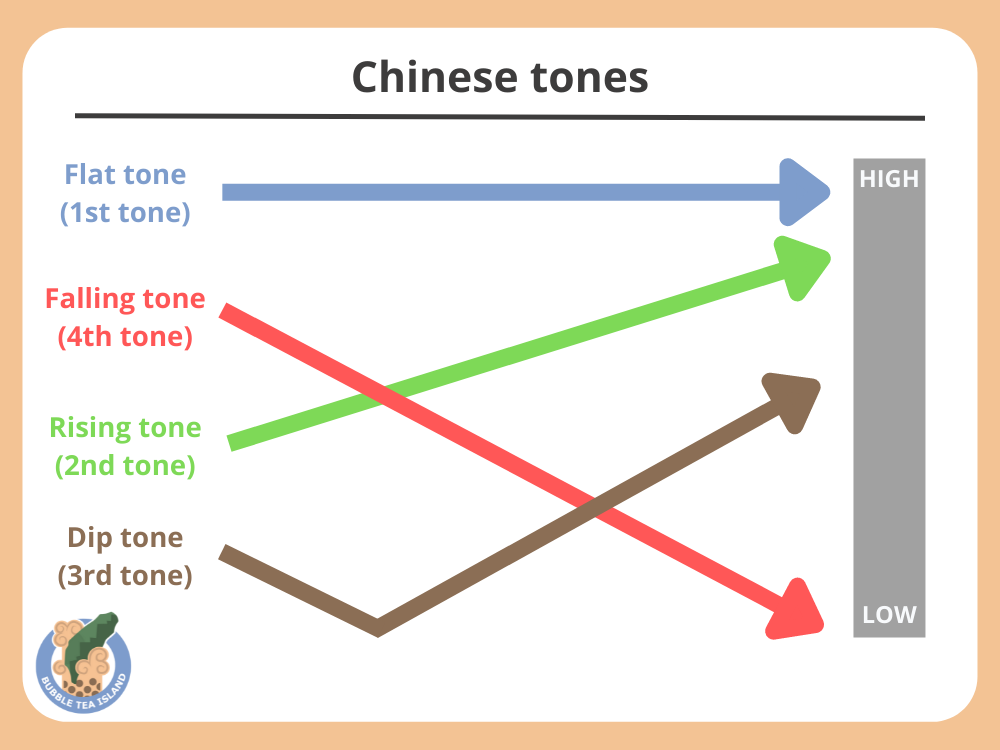
Learning and using tones correctly can be challenging for non-native speakers, but it’s essential to avoid misunderstandings. However, even if you make tone mistakes, most Chinese and Taiwanese speakers will still be able to understand you by analyzing the context of the conversation.
How Are Chinese Tones Written ?
While tones are a crucial aspect of Mandarin Chinese, they don’t appear on Chinese characters themselves. Instead, they’re represented phonetically using systems like Pinyin or Bopomofo.
In both Pinyin and Bopomofo, tones are indicated by accents placed above the phonetic transcriptions. The 2nd, 3rd, and 4th tones are written the same way in both systems. However, there are slight differences in how the 1st and neutral tones are represented between the two phonetic alphabets.
Left : Pinyin / Right : Bopomofo
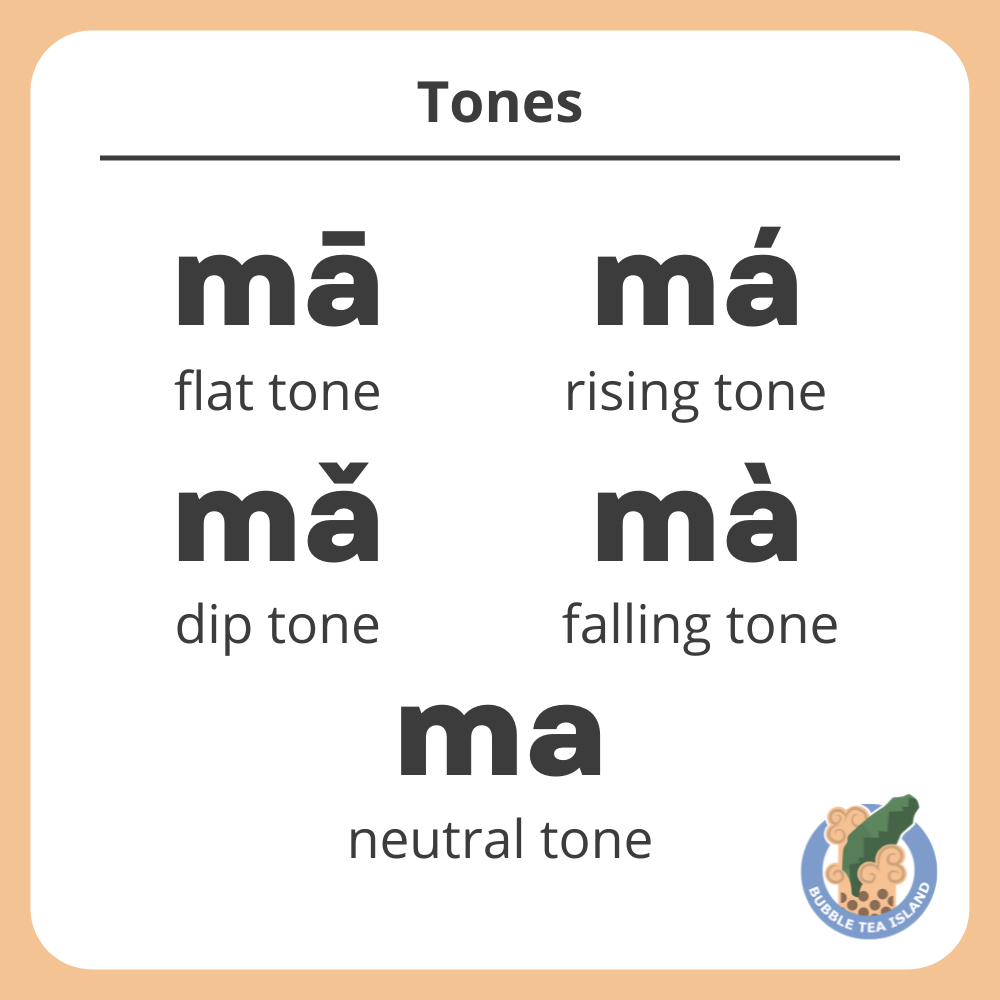
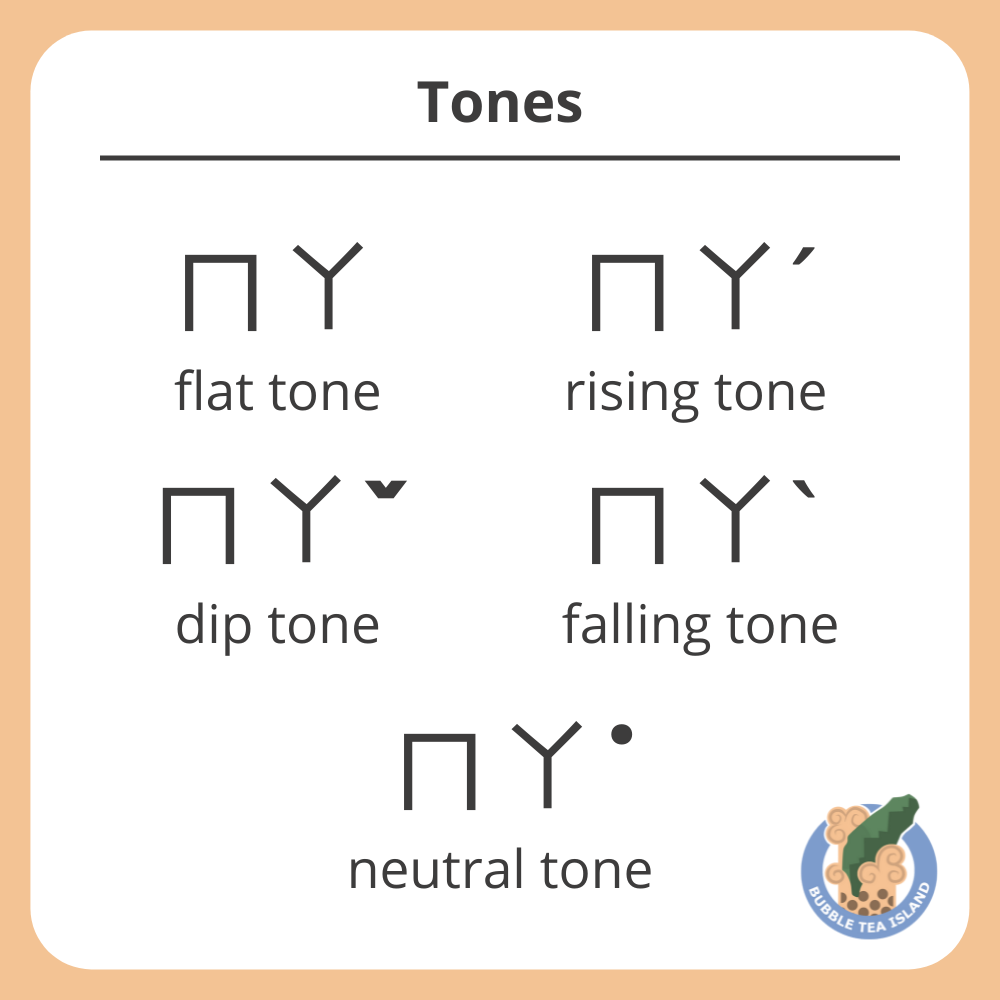
By learning to read and write Pinyin or Bopomofo, learners of Mandarin can better understand how Chinese tones function in the language and improve their ability to communicate effectively.
How to Pronounce the 4 Chinese Tones ?
The First Tone : Flat Tone
The first tone is a high and level tone, indicated by a horizontal line above the vowel in Pinyin, and the absence of accent in Bopomofo. It’s similar to the pitch used when singing the note “do” in the “do-re-mi” scale.

The Second Tone : Rising Tone
The second tone is a rising tone, indicated by a rising diagonal line above the vowel. It starts from a mid-level pitch and rises to a higher pitch, similar to the pitch used when asking a question in English.
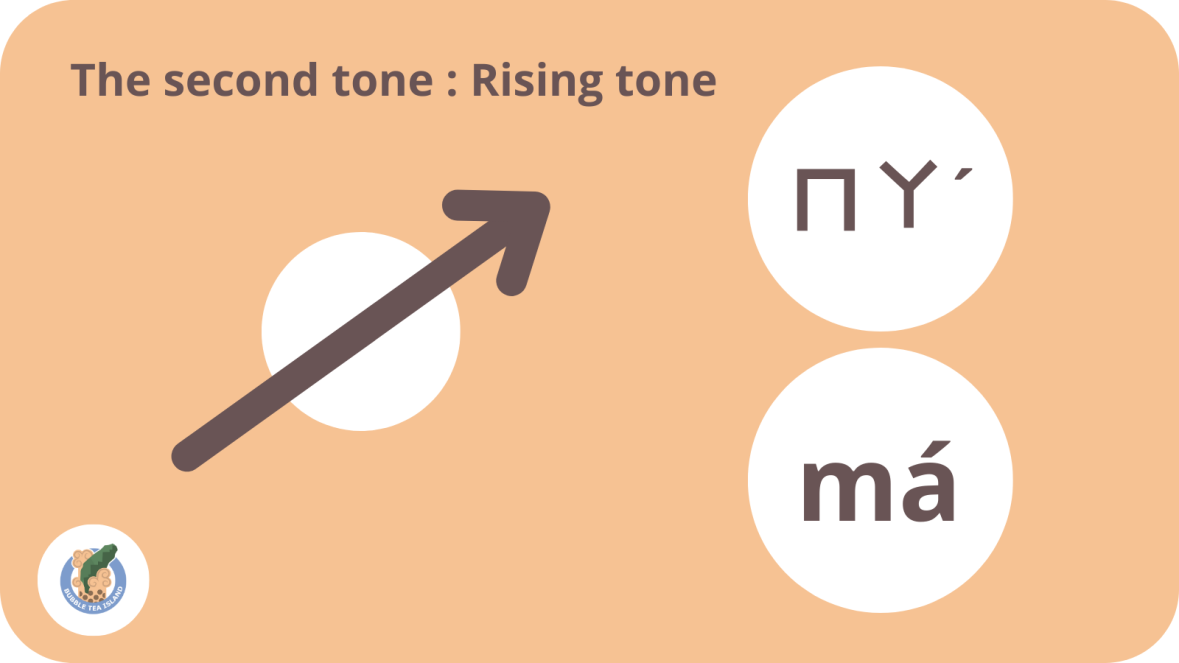
The Third Tone : Dip Tone
The third tone is a dipping tone, indicated by a curve that falls and then rises above the vowel. It starts at a mid-level pitch, drops down to a lower pitch, and then rises back up to a high pitch.

The Fourth Tone : Falling Tone
The fourth tone is a falling tone, indicated by a falling diagonal line above the vowel. It starts at a high pitch and falls sharply to a low pitch, similar to the pitch used when saying “no” emphatically in English.
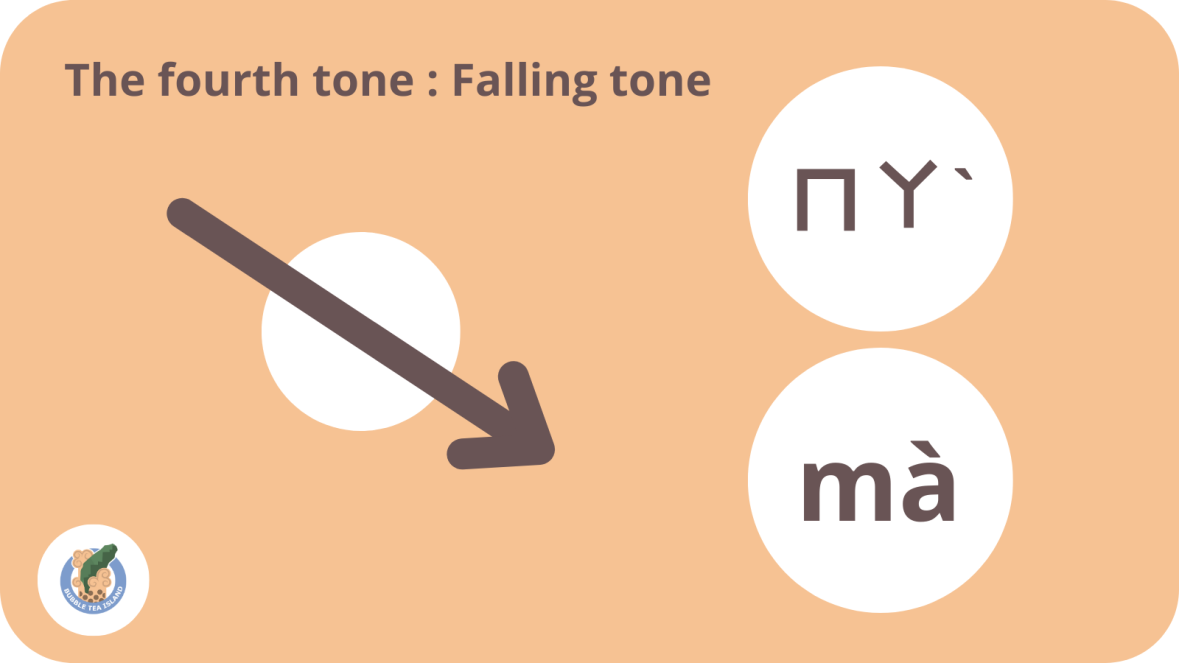
The Fifth Tone : Neutral Tone
In addition to these four main tones, there’s also a neutral tone, which is pronounced with a flat, short, and soft sound. The neutral tone is indicated by the absence of any tone mark above the vowel in pinyin, and by a dot in Bopomofo. It’s often used in unstressed syllables, grammatical particles, and conjunctions.

The Chinese Tone Change Rules
In addition to the four main tones and the neutral tone, Mandarin Chinese has tone change rules that affect the pronunciation of certain words and characters. These rules are essential to mastering the nuances of the language and communicating effectively with native speakers.
The Double Third Tones (or 3-3 to 2-3)
When two dip tones (third tones) occur in a row, the first one changes to a rising tone (second tone). For example, the word for “hello” in Chinese is 你好 (nǐhǎo), which consists of two third tones. The first 你 (nǐ) changes to a rising tone (ní) to avoid an awkward dip-dip tone sequence.

The 不 Tone Change
The word 不 (bù / ㄅㄨˋ | no / not) is normally a fourth tone (falling tone). However, when it is followed by another fourth tone, it changes to a second tone (rising tone). For example, the phrase 不好 (bù hǎo) meaning “not good” consists of two fourth tones. The 不 (bù) changes to a rising tone (bú) to make the phrase easier to pronounce.
The 一 Tone Changes
The word 一 (yī | one) is normally a first tone (flat tone) when used alone. However, when it’s followed by a fourth tone (falling tone), it changes to a second tone (rising tone). For example, the phrase 一定 (yīdìng) meaning “certainly” consists of a first tone followed by a fourth tone. The 一 (yī) changes to a rising tone (yí) to avoid an awkward flat-falling tone sequence. When 一 (yī) is followed by any other tone, it changes to a fourth tone (falling tone). For example, the phrase 一起 (yīqǐ) meaning “together” consists of a first tone followed by a second tone. The 一 (yī) changes to a falling tone (yì) to create a more natural and fluent tone sequence.
While these tone change rules are always applied in spoken Chinese, they are rarely written down in the phonetic alphabets like Pinyin or Bopomofo. It’s essential for learners of Mandarin Chinese to understand and master these rules in order to communicate accurately and fluently with native speakers.
Congratulations! You have completed the basics of Mandarin Chinese tones. Understanding and mastering these tones is crucial in accurately communicating in the language. However, there is always more to learn and practice.
For further learning and improvement, I recommend watching this informative video on mastering Chinese tones. The video goes in-depth on how to recognize, differentiate, and pronounce the different tones. It also provides valuable tips and tricks to help you practice and improve your tone accuracy.

Join our Substack “Mandarin Zest“, where we regularly share intermediate to advanced Chinese learning content. Make sure to subscribe!

